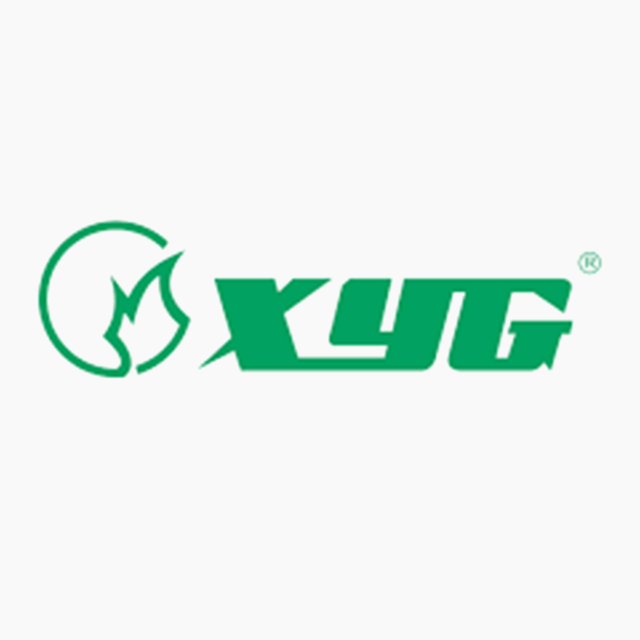Company Analysis East Buy Holding Limited
1. Summary
Advantages
- Price (24.82 HK$) is less than fair price (37.15 HK$)
- The stock's return over the last year (75.28%) is higher than the sector average (26.27%).
- The company's current efficiency (ROE=44.24%) is higher than the sector average (ROE=13.42%)
Disadvantages
- Dividends (0%) are below the sector average (2.35%).
- Current debt level 0.6558% has increased over 5 years from 0%.
Similar companies
2. Share price and performance
2.1. Share price
2.3. Market efficiency
| East Buy Holding Limited | Consumer Discretionary | Index | |
|---|---|---|---|
| 7 days | -8.1% | -3.1% | 3.8% |
| 90 days | 91.8% | 23% | 10.4% |
| 1 year | 75.3% | 26.3% | 51.9% |
1797 vs Sector: East Buy Holding Limited has outperformed the "Consumer Discretionary" sector by 49.01% over the past year.
1797 vs Market: East Buy Holding Limited has outperformed the market by 23.36% over the past year.
Slightly volatile price: 1797 is more volatile than the rest of the market on "Hong Kong Exchanges" over the last 3 months, with typical deviations of about +/- 5-15% per week.
Long period: 1797 with weekly volatility of 1.45% over the past year.
3. Summary of the report
4. Fundamental Analysis
4.1. Stock price and price forecast
Below fair price: The current price (24.82 HK$) is lower than the fair price (37.15 HK$).
Price significantly below the fair price: The current price (24.82 HK$) is 49.7% lower than the fair price.
4.2. P/E
P/E vs Sector: The company's P/E (10.26) is lower than that of the sector as a whole (31.78).
P/E vs Market: The company's P/E (10.26) is lower than that of the market as a whole (23.3).
4.2.1 P/E Similar companies
4.3. P/BV
P/BV vs Sector: The company's P/BV (3.55) is higher than that of the sector as a whole (2.48).
P/BV vs Market: The company's P/BV (3.55) is higher than that of the market as a whole (2.59).
4.3.1 P/BV Similar companies
4.4. P/S
P/S vs Sector: The company's P/S indicator (2.7) is higher than that of the sector as a whole (2.3).
P/S vs Market: The company's P/S indicator (2.7) is lower than that of the market as a whole (19.57).
4.4.1 P/S Similar companies
4.5. EV/Ebitda
EV/Ebitda vs Sector: The company's EV/Ebitda (42.21) is lower than that of the sector as a whole (53.92).
EV/Ebitda vs Market: The company's EV/Ebitda (42.21) is higher than that of the market as a whole (37.51).
5. Profitability
5.1. Profitability and revenue
5.2. Earnings per share - EPS
5.3. Past profitability Net Income
Yield Trend: Negative and has fallen by -66.35% over the last 5 years.
Accelerating profitability: The return for the last year (8.83%) exceeds the average return for 5 years (-66.35%).
Profitability vs Sector: The return for the last year (8.83%) exceeds the return for the sector (-11.64%).
5.4. ROE
ROE vs Sector: The company's ROE (44.24%) is higher than that of the sector as a whole (13.42%).
ROE vs Market: The company's ROE (44.24%) is higher than that of the market as a whole (-4.45%).
5.5. ROA
ROA vs Sector: The company's ROA (33.08%) is higher than that of the sector as a whole (8.58%).
ROA vs Market: The company's ROA (33.08%) is higher than that of the market as a whole (2.7%).
5.6. ROIC
ROIC vs Sector: The company's ROIC (0%) is lower than that of the sector as a whole (0%).
ROIC vs Market: The company's ROIC (0%) is lower than that of the market as a whole (14.67%).
7. Dividends
7.1. Dividend yield vs Market
Low yield: The dividend yield of the company 0% is below the average for the sector '2.35%.
7.2. Stability and increase in payments
Unstable dividends: The company's dividend yield 0% has not been consistently paid over the past 7 years, DSI=0.
Weak dividend growth: The company's dividend yield 0% has been growing weakly or stagnant over the past 5 years. Growth over only 0 years.
7.3. Payout percentage
Dividend Coverage: Current payments from income (0%) are at an uncomfortable level.
Pay for your subscription
More functionality and data for company and portfolio analysis is available by subscription

 MAX Chat
MAX Chat